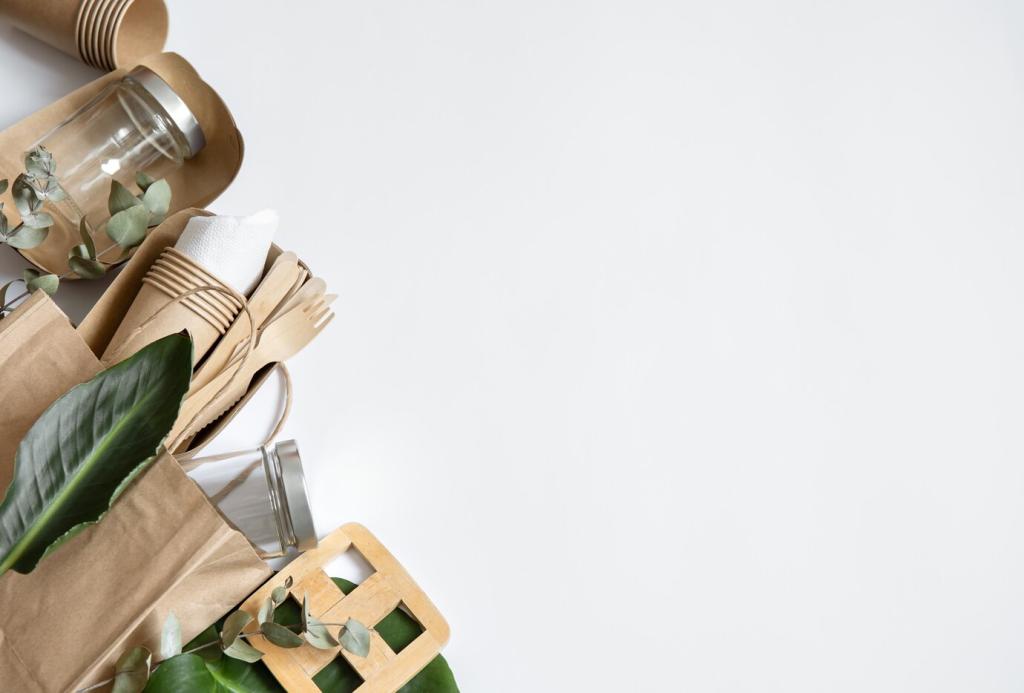
Eco-Friendly Upholstery Cleaning Techniques: Fresh Sofas, Pure Air, Kinder Homes
Chosen theme: Eco-Friendly Upholstery Cleaning Techniques. Welcome to a practical, planet-conscious guide to reviving your favorite chairs, sofas, and cushions with safer ingredients, smarter habits, and gentle methods. Stay with us, share your questions, and subscribe for weekly green cleaning wisdom.
Start Green: Understanding Fabrics and Care Codes
Care codes are your compass. W means water-based cleaning is generally safe; S prefers solvent-only; W/S allows both; X means vacuum only. For S fabrics, consider botanical, low-odor solvents and excellent ventilation. Always follow manufacturer guidance and test before committing.
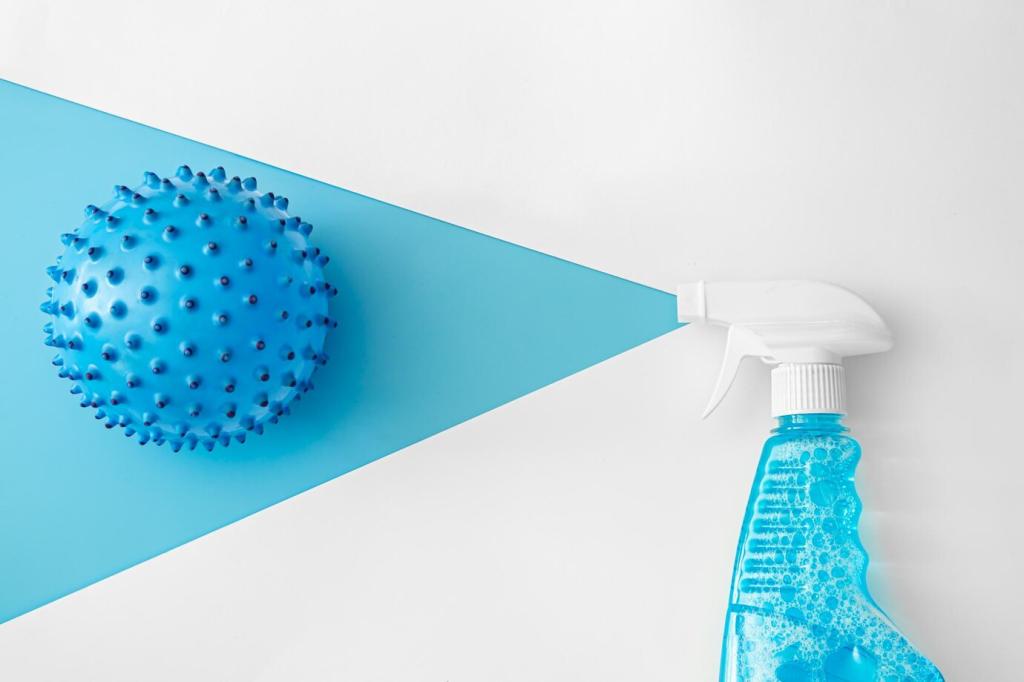
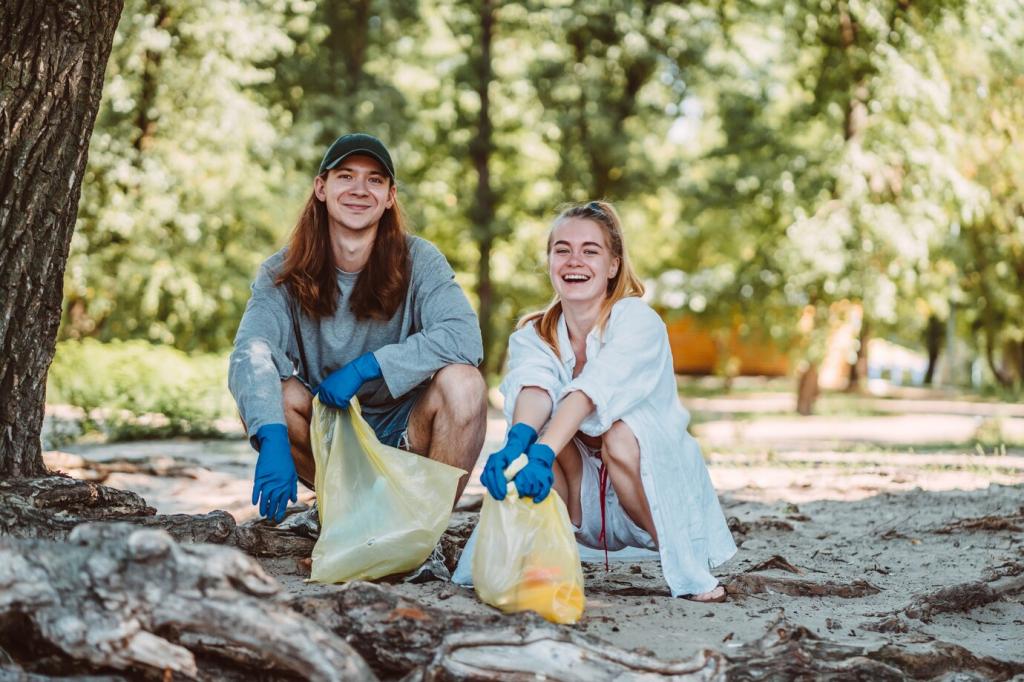
Start Green: Understanding Fabrics and Care Codes
Cotton and linen love gentle, water-based solutions but can wrinkle or shrink if soaked. Wool and silk demand extra caution; too much moisture can distort fibers. Microfiber is resilient yet prone to water rings. Use distilled water to avoid mineral spots and reduce streaking.
Plant-Based Surfactants and Castile Soap
Mild, plant-derived surfactants lift soil without heavy fragrances or dyes. A few drops of liquid castile soap in warm distilled water makes a gentle cleaner for many W and W/S fabrics. Blot, never rub, and use a second cloth dampened with water to rinse residues.
Baking Soda, White Vinegar, and What Not to Mix
Baking soda excels at deodorizing and absorbing moisture; vinegar helps dissolve light mineral residues. Use them separately, not together, to avoid neutralizing their effects. Never mix vinegar with bleach or strong oxidizers. Apply lightly, allow dwell time, and always finish with careful blotting.
Tools That Last
Stock soft, lint-free cloths, a gentle upholstery brush, a crevice tool, and a HEPA vacuum for finer dust. Reusable spray bottles with clear labels reduce confusion. A small fan or dehumidifier speeds drying, preventing mildew without heat guns or energy-heavy methods.
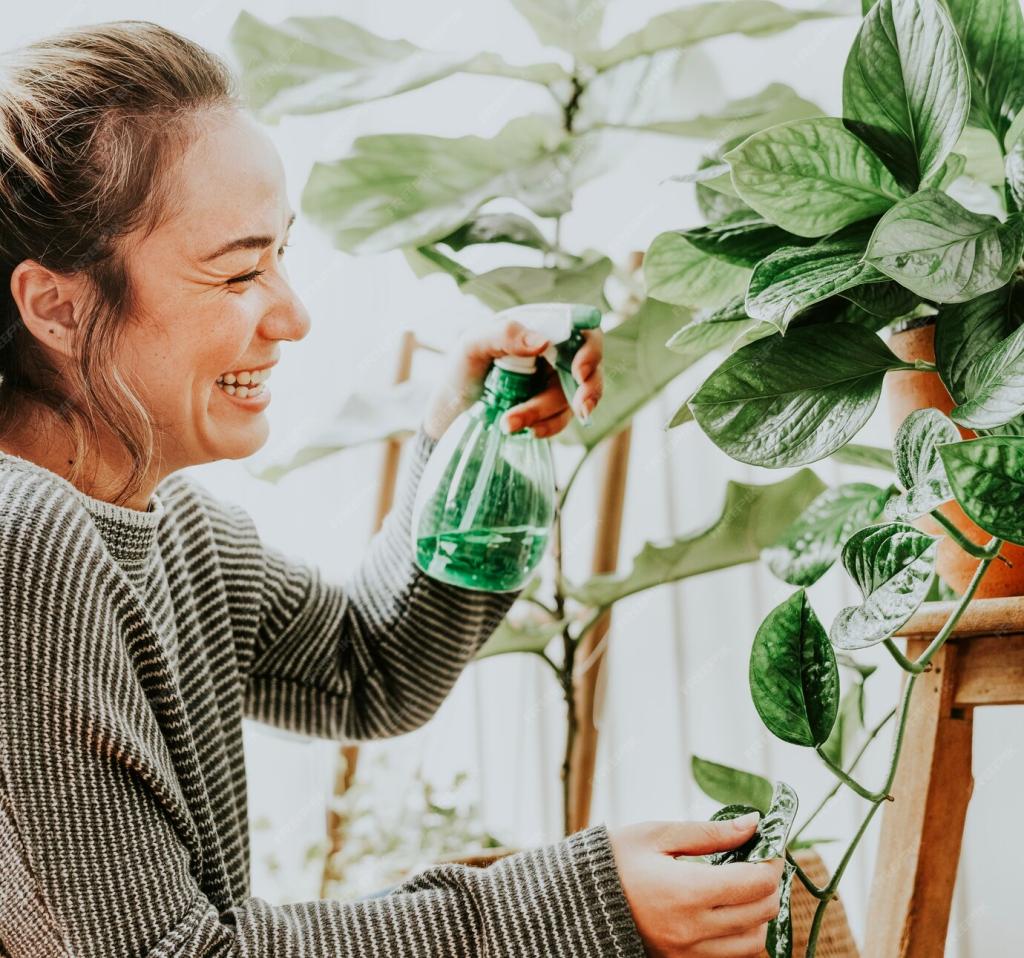
Food and Drink Spills
Blot immediately with a white cloth; never scrub. For coffee, tea, or juice, try cool water first, then a light castile solution. Club soda can gently lift fresh tannin stains. Rinse by blotting with damp cloths, then dry quickly with airflow to prevent rings.
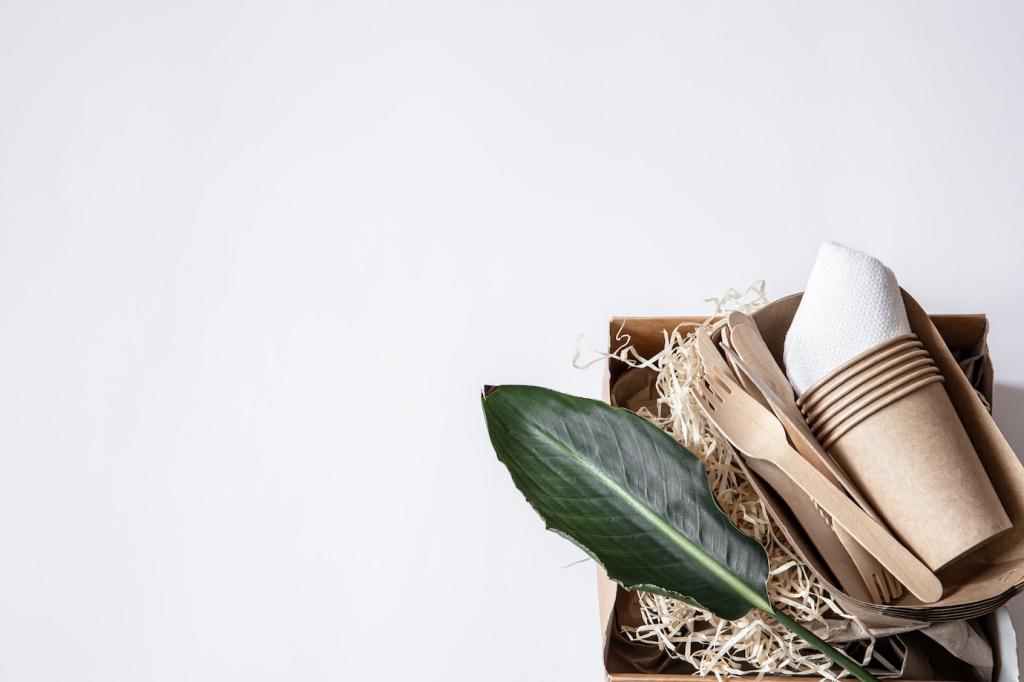
Grease, Makeup, and Oily Marks
Sprinkle cornstarch or baking soda to absorb oils, letting it sit for twenty to thirty minutes before vacuuming. Follow with a minimal, plant-based cleaner. For S-coded fabrics, consider a low-odor, citrus-based solvent used sparingly with ventilation. Always test and proceed gradually.
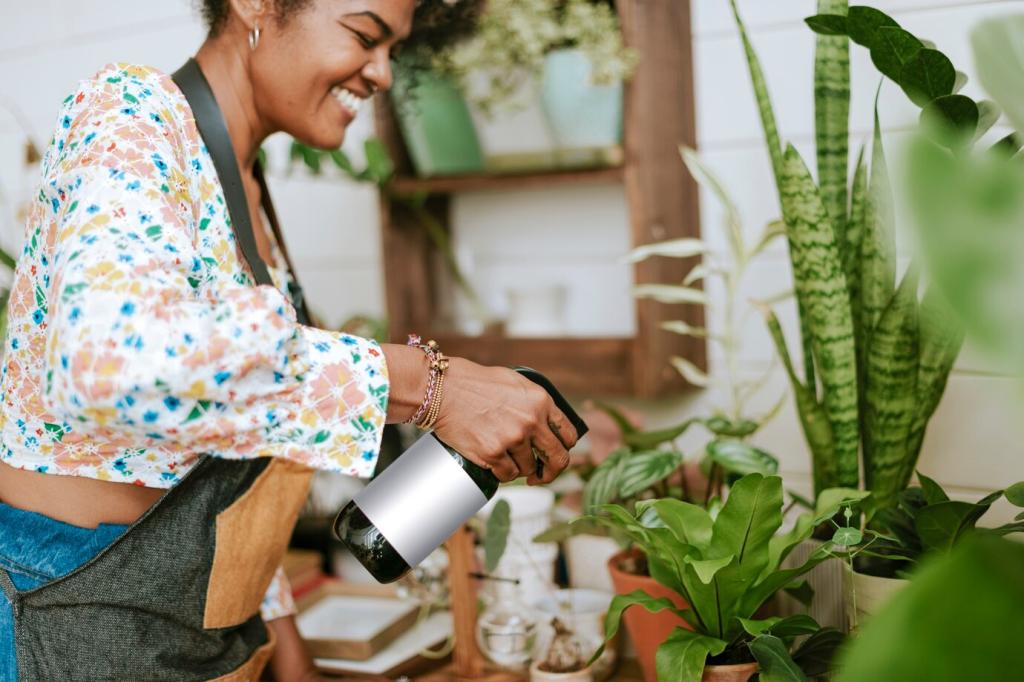
Pets, Kids, and Protein Stains
Use enzyme cleaners designed for fabrics, giving them ample dwell time to break down proteins. Blot with cool water afterward and dry thoroughly. This approach helps remove odor at the source. Share your toughest pet moments below—your tip might save someone’s favorite sofa.
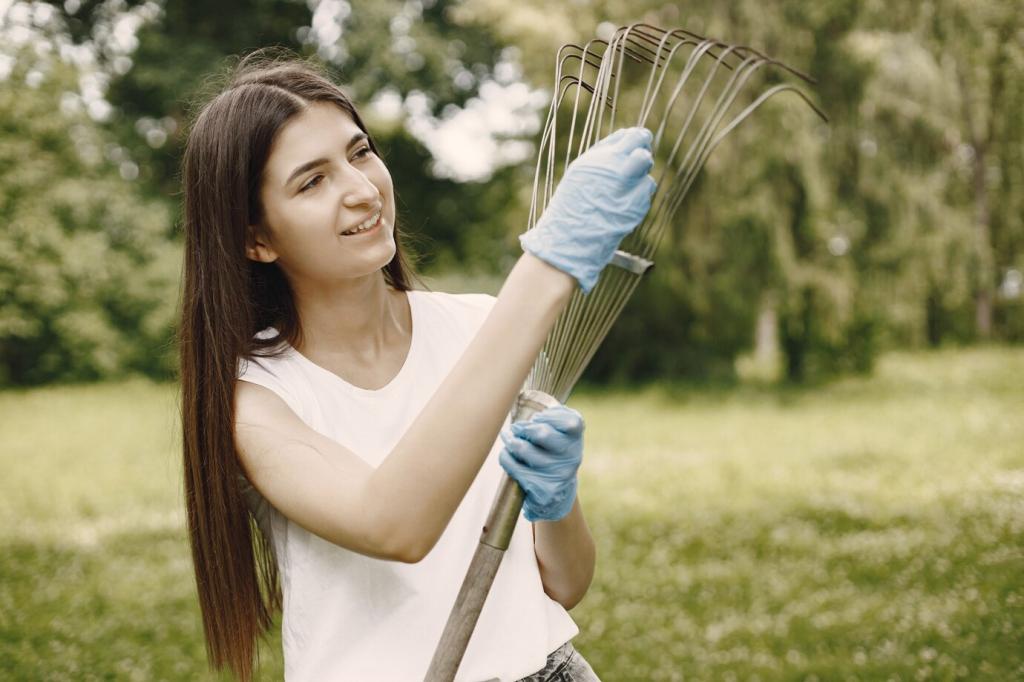

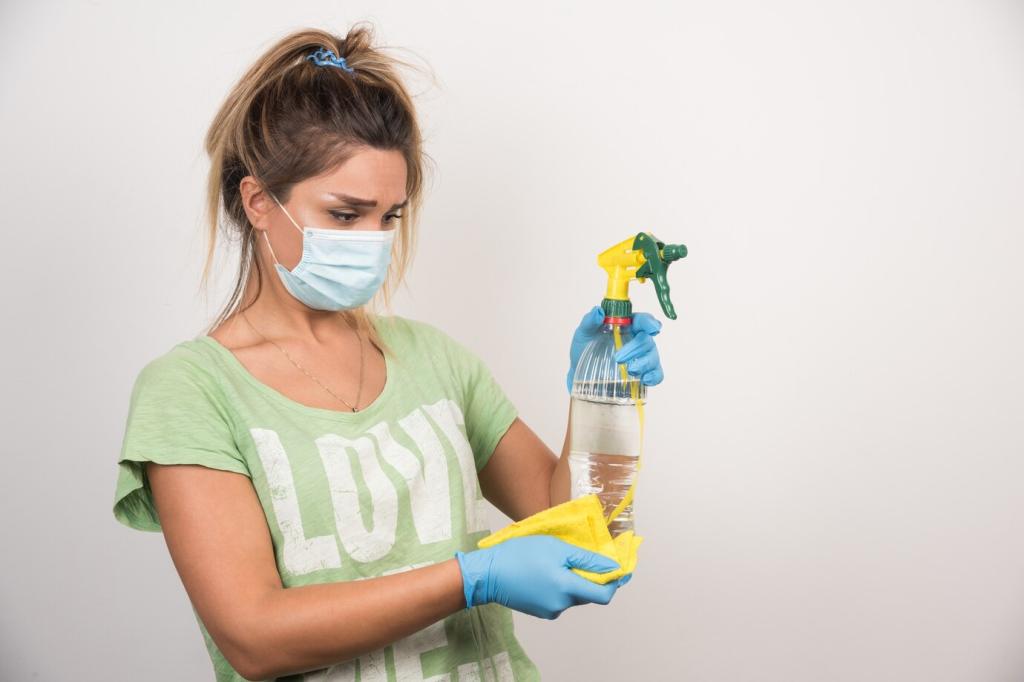
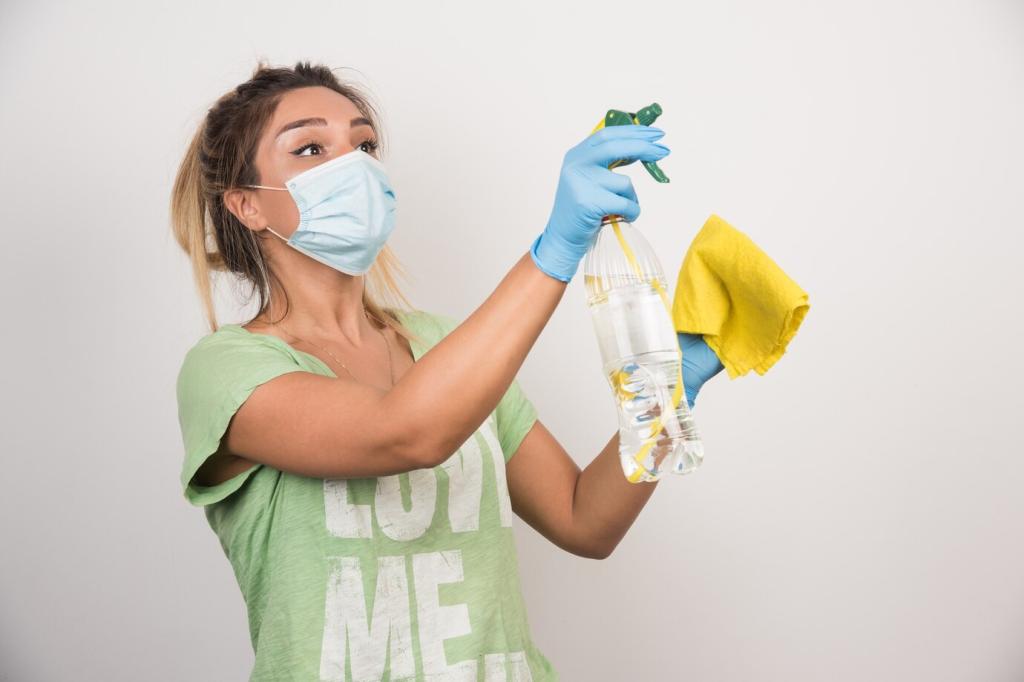
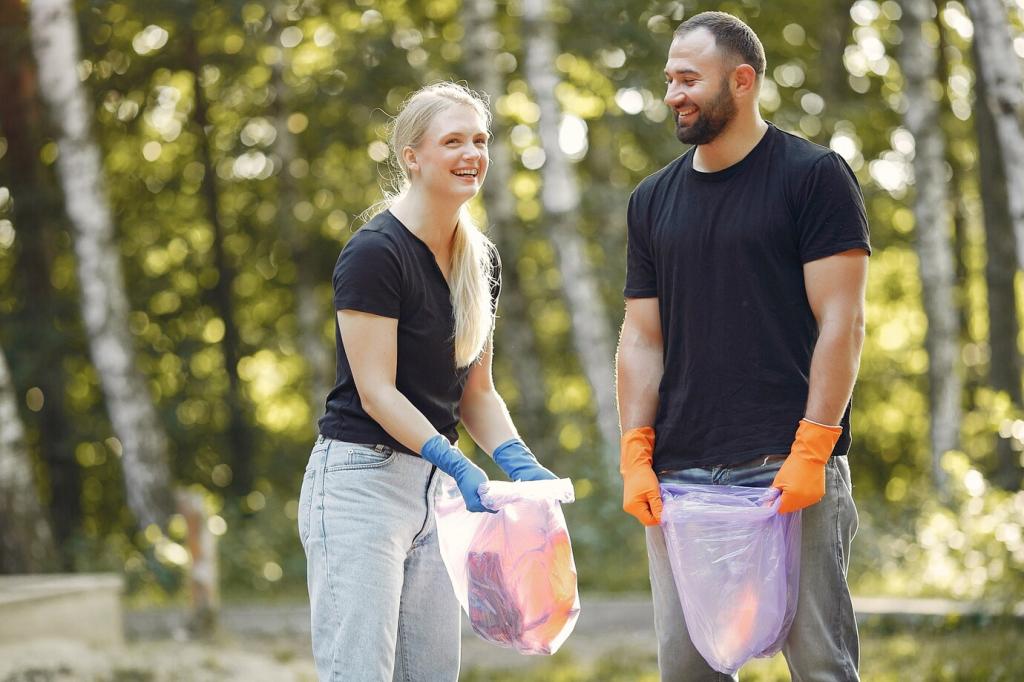
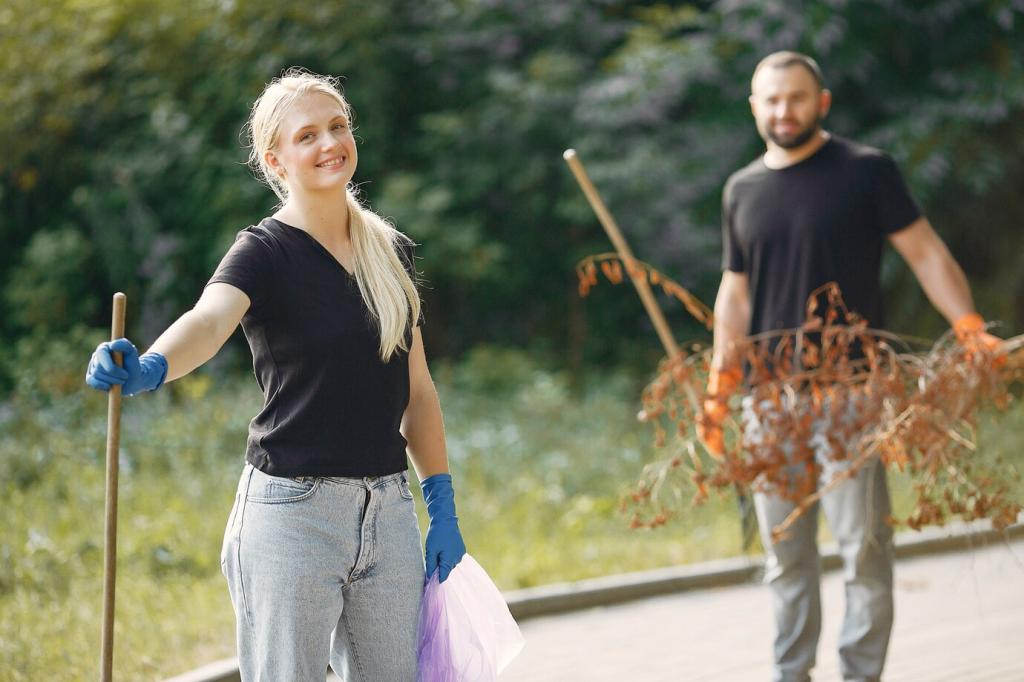
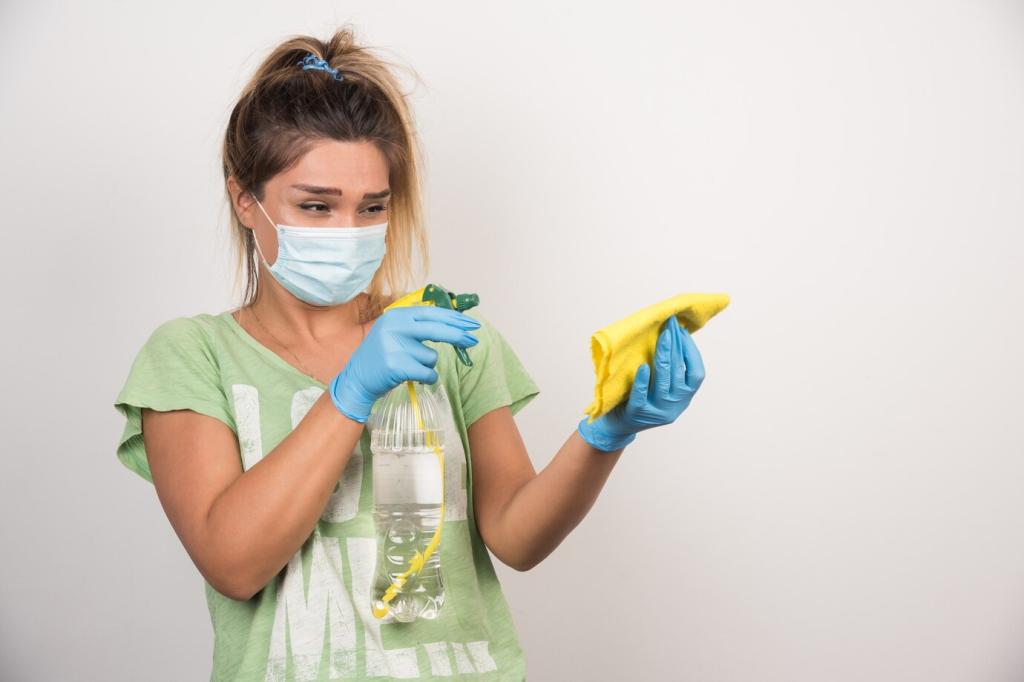
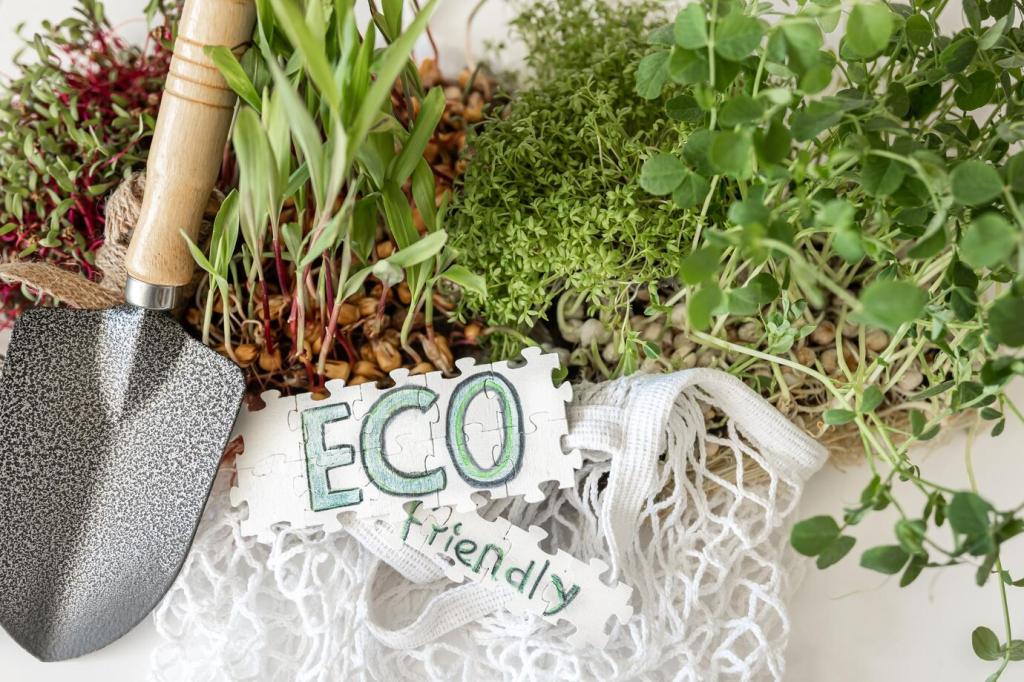
A Green Makeover Story and Your Turn
I vacuumed slowly with a HEPA tool, sprinkled baking soda overnight, and lifted an old tea ring using diluted castile soap and distilled water. An enzyme cleaner erased a faint pet smell. With fans and open windows, it dried spotless. Comment if you want the exact ratios.
A Green Makeover Story and Your Turn
Patch tests prevent regrets, airflow defeats odors, and patience beats aggressive scrubbing. Natural ingredients succeed when allowed to dwell and when moisture is controlled. The chair looked brighter, smelled clean, and avoided a landfill fate. Tell us what furniture you are saving next.
